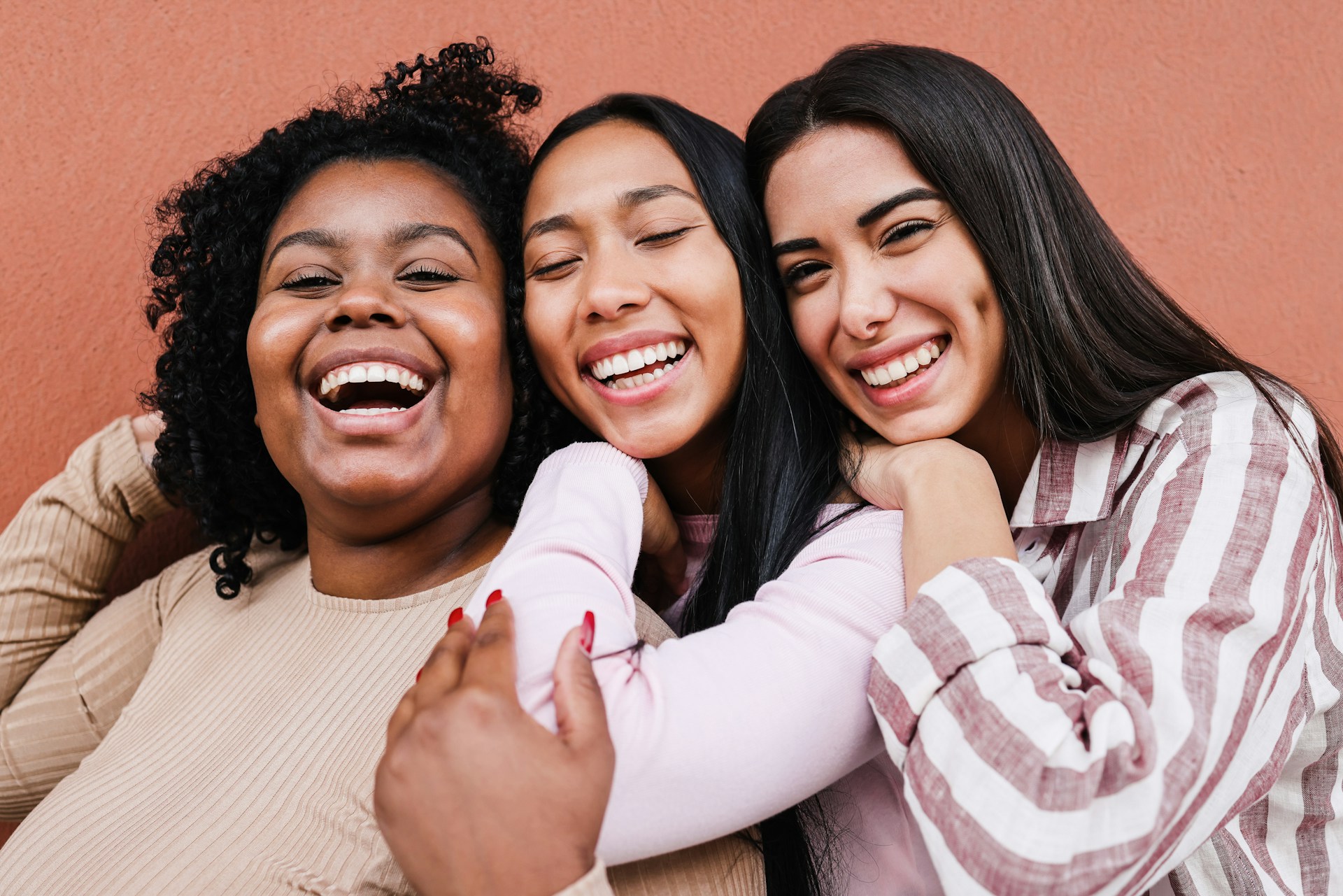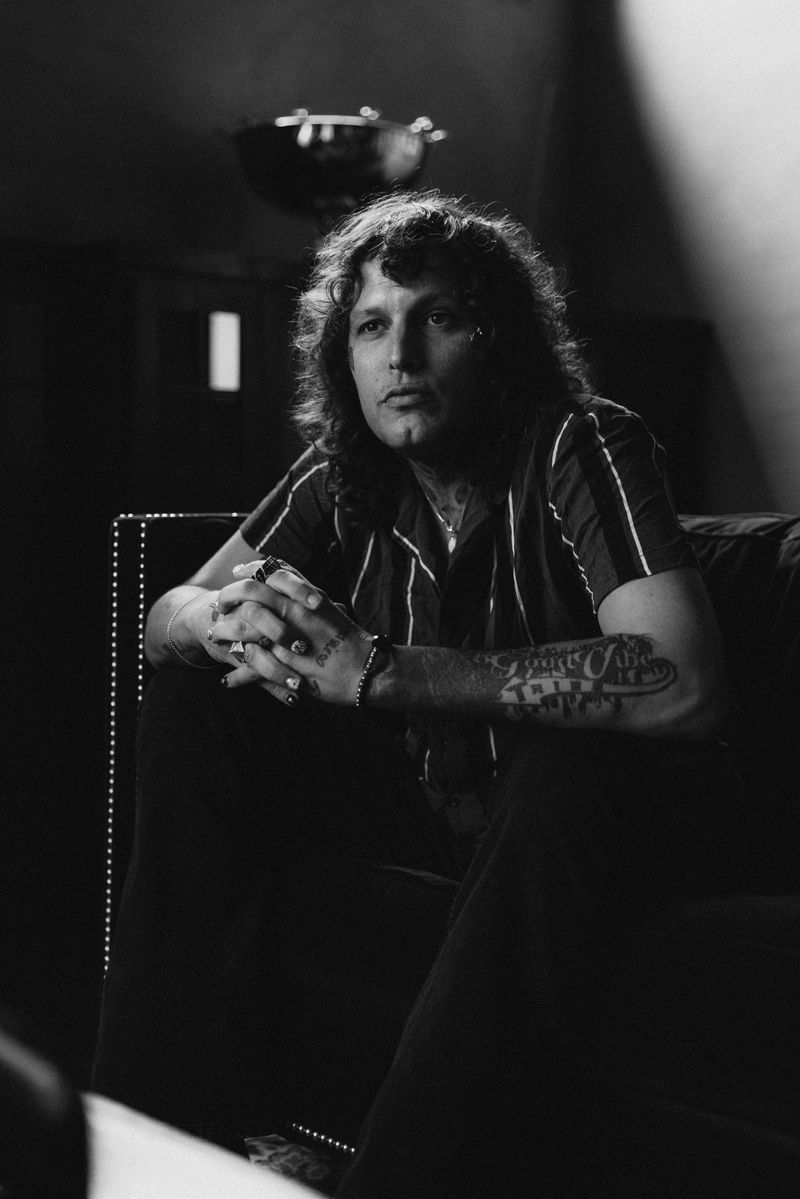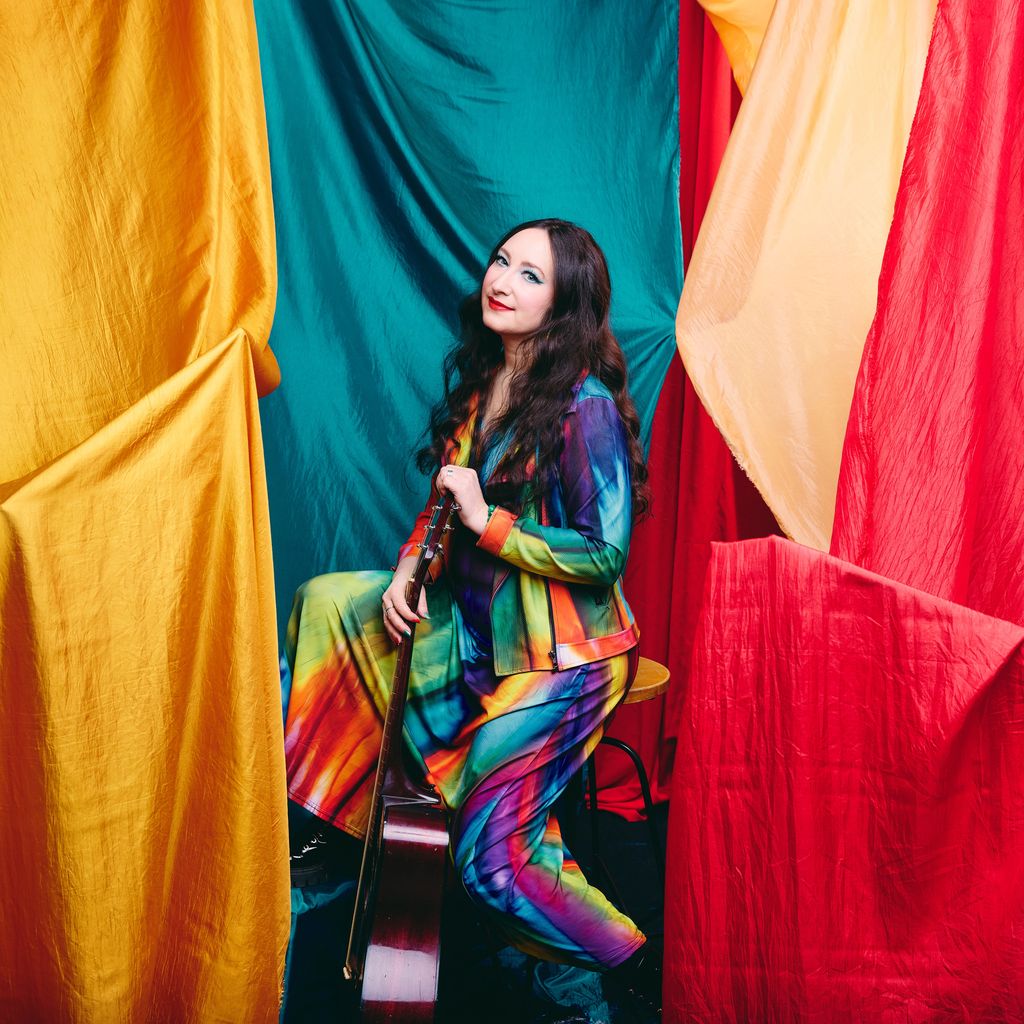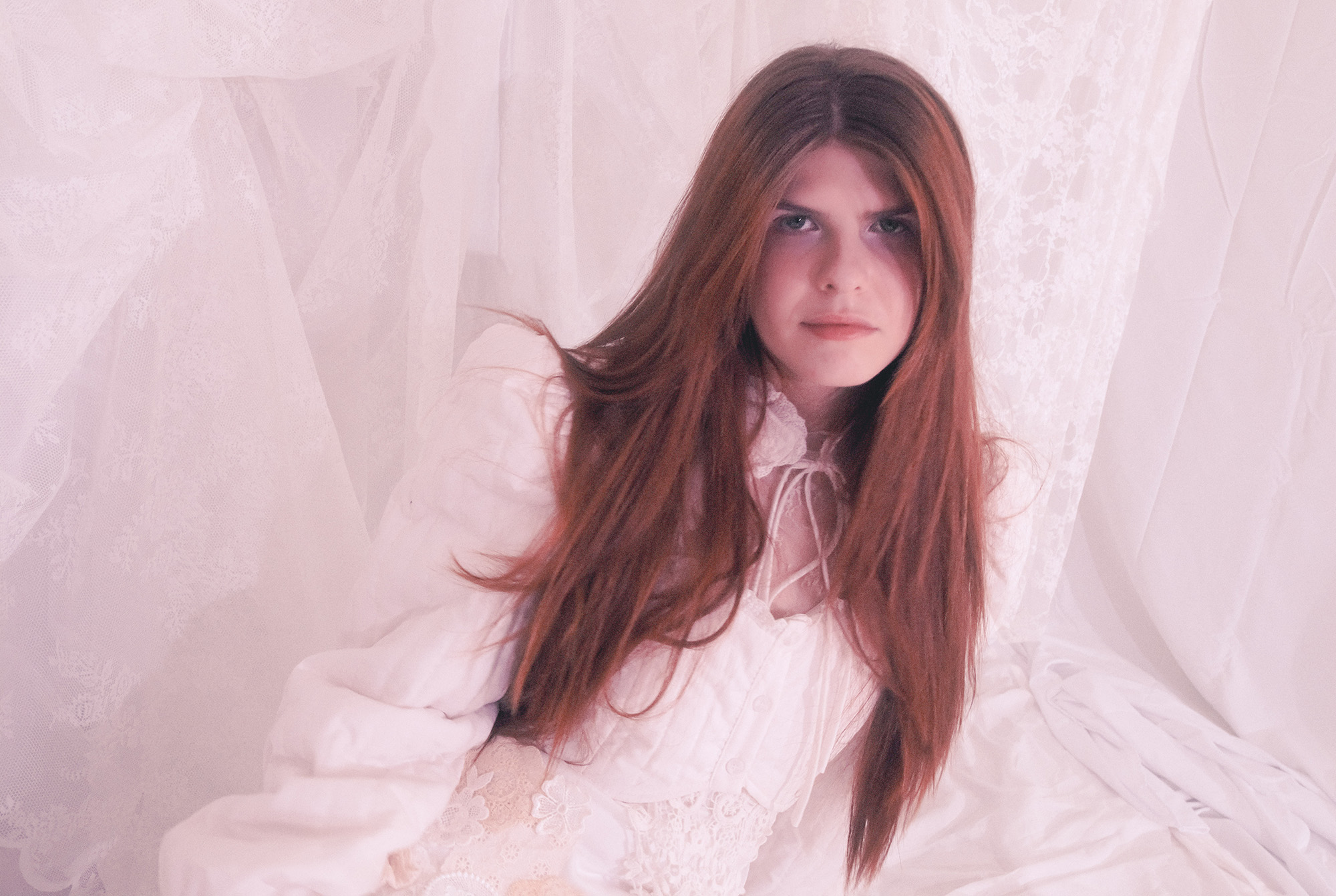Film
The Unashamed Colorism and Afro Latinx Erasure of Lin Manuel Miranda’s “In the Heights”
15 Jun, 21
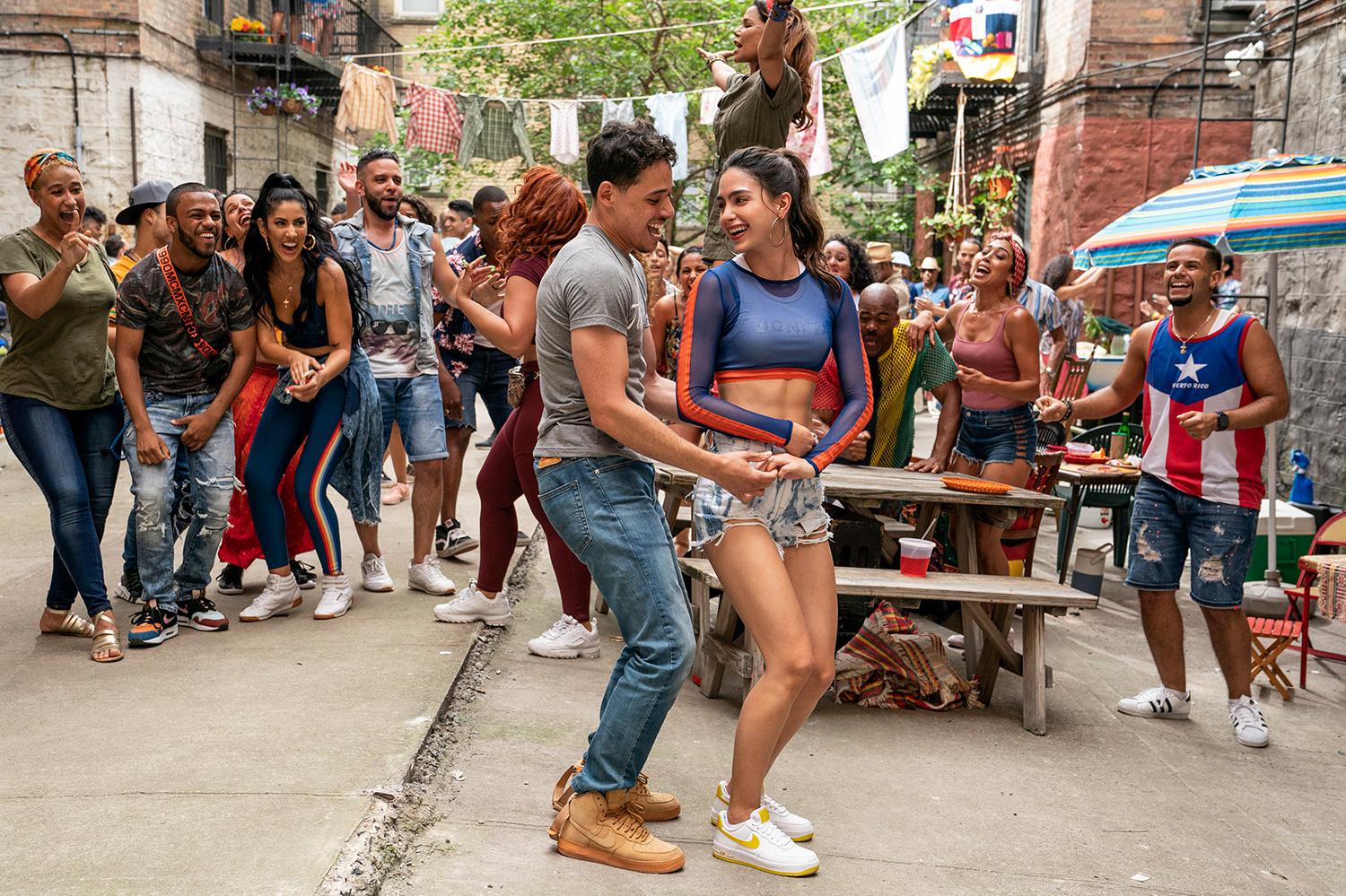
In the Heights
via Warner Bros. Pictures
Ever since Hamilton debuted, I have not known peace.
In 2016, the Broadway sensation won 11 Tonys and captured the hearts and imagination of theatre kids, older white people, and revisionist historians everywhere. Everyone was talking about Hamilton, and everyone was talking about its star and creator, Lin Manuel Miranda.
HAMILTON Disney Movie “Alexander Hamilton” Song Clipwww.youtube.com
Hamilton was lauded as revolutionary for its take on the American Dream. It tells the story of Alexander Hamilton, the creator of the Federal Bank, whose story might not seem glamorous but was dressed up with dynamism, sentimentality, and rap music.
The musical was called a triumph of rap lyricism for the way the art form was used to convey the history of the characters and emphasize the stakes of the show. The soundtrack was everywhere. Lines gathered around the block on Broadway in hopes of winning an extra ticket. And, for many white people in particular, Miranda was hailed the king of rap music and praised for reinventing the art form.
There’s a lot to unpack there.
Most relevantly, despite the overwhelming fanaticism surrounding the show, some scholars pointed out Miranda’s tendencies towards over-glorifying his title character “while glossing over less attractive aspects of his politics.” There are also the issues of sexism and … slavery, which was never meaningfully discussed in the show. Though Hamilton himself was an abolitionist, many of the “characters” who are glorified did in fact own slaves.
Instead, the show touted its predominantly Black cast as a sort of “aha, gotcha” — as if having Black actors play slave owners and hail the colonial project of this country as “immigration” without any sort of context was a win for representation.
But yet, the show got its praises, made its way to the White House and a national tour, and is now a verifiable empire with a live version streaming on Disney +. While the standards for representation were different in the pre-Trump era in which the show debuted, the show has largely kept its cultural cache and ever since, we have not been free from the Lin-Manuel Miranda industrial complex.
The film adaptation of his first musical, In the Heights, a story about the New York neighborhood of Washington Heights, is the latest in the litany of Miranda content we have been forced to endure.
In The Heights – Washington Heights Trailerwww.youtube.com
However, despite the musical’s blockbuster-ready production and larger than life energy, it kind of flopped.
In part, this was due to the criticism that the film perpetuated colorism by only casting lighter skinned actors in lead roles and erasing the Afro-Latinx experience. Miranda’s flawed perception of representation is finally being held up to the light and used as an example of how the promise of representation in Hollywood is often just a modified version of white supremacy.
In The Heights got dragged to hell and back and Iu2019m here for it.pic.twitter.com/EUPB3mJcpW— Harri Horsley (@Harri Horsley) 1623689276
Ever since the trailer was released, there has been conversation about whether the film would have any representation of darker skinned, Afro Latinx people. The film’s release confirmed that the answer was no.
Felice Leon expressed concern about the lack of substantive casting in an article on The Root,saying: “Granted, the trailer (and film) showcased Black dancers and there were certainly Black women in the hair salon, but where are the dark-skinned Black Latinx folks with a storyline? After all, this film is placed in Washington Heights, N.Y., right?!”
In an interview with director Jon M. Chu — famous for Crazy Rich Asians, which also garnered criticism for its very limited scope of “representation” — Leon asked about the predominantly lighter skinned cast, to which Chu responded: “In the end when we were looking at the cast we tried to get the best people who were best for those roles specifically.”
The film’s female lead, Melissa Barrera, also defended the casting, saying: “In the audition process, which was a long audition process, there were a lot of Afro-Latinos there. A lot of darker skinned people. And I think they were looking for just the right people for the roles. For the person that embodied each character in the fullest extent.”
Both pointed to the darker skinned background dancers as some sort of meager offering, but this satisfied no one. Relegating darker skinned folks to props and voice-less vehicles for entertainment is exactly the problem, and leaning on the amount of Black extras is so embarrassingly revealing that, despite claiming they had been “educated” about representation and colorism before the film, there was a fundamental disregard for the internal lives of darker skinned folk in this production.
The throwaway answer about background representation is not the justification they thought it was, but rather a confirmation of their internalized biases.
The way Gina Torres would have destroyed In The Heightshttps://twitter.com/THEEBlackleftie/status/1404075839487156230u00a0u2026— Matthew A. Cherry (@Matthew A. Cherry) 1623641021
If the audition process was so replete with darker skinned Afro Latinx actors, it is statistically almost impossible that every single role was fairly awarded to their lighter skinned counterparts. More likely, the internalized system of white supremacy did its thing and convinced the casting team and directors that the more white passing actors had a certain … je ne sais quoi.
The casting in In The Heights is consistent with nothing but Hollywood’s fiction of what Latinx communities look like — and what New York looks like.
Washington Heights, a sub-neighborhood of the predominantly Black neighborhood of Harlem, is so full of diversity that asserting that the only interesting, meaningful lives are the white-passing ones does an egregious disservice not just to the Heights, but to New York City.
NY is is way too culturally diverse. They really try to depict it as a bunch of white people living their best lives in every show and movie they create about living in NY— u064b (@u064b) 1623684298
In The Heights is another revisionist version of Hollywood’s habit of predominantly amplifying Black trauma, instead of allowing the diverse array of Black stories to shine on screen. The Afro Latinx experience has been repeatedly erased, with the diverse racial makeup of Latinx communities often ignored for the sake of versions that look like In the Heights.
Activist Bree Newsome addressed this continuous, willful ignorance, saying: “It’s also not only light skinned ppl who reinforce colorism, just as it’s not only white ppl who reinforce white supremacy. Belief in the inherent superiority of pale skin & western Euro culture is the ideology of white settler colonialism.”
Itu2019s also not only light skinned ppl who reinforce colorism, just as itu2019s not only white ppl who reinforce white supremacy. Belief in the inherent superiority of pale skin & western Euro culture is the ideology of white settler colonialism. Itu2019s as pervasive as European languages— DEFUND & ABOLISH POLICE, REFUND OUR COMMUNITIES (@DEFUND & ABOLISH POLICE, REFUND OUR COMMUNITIES) 1623689893
The common, oppressive narrative needs to be challenged by people like Miranda who have made a name for themselves as beacons of hope and representation, while continuing to uphold many ideals of white supremacy.
Miranda has since apologized for the casting, saying on Twitter that he was “listening.”
“I’m seeing the discussion around Afro-Latino representation in our film this weekend and it is clear that many in our dark-skinned Afro-Latino community don’t feel sufficiently represented within it, particularly among the leading roles,” Miranda said.
-LMMpic.twitter.com/CHfdLgFUz3— Lin-Manuel Miranda (@Lin-Manuel Miranda) 1623709464
“I can hear the hurt and frustration over colorism, of feeling still unseen in the feedback. I hear that without sufficient dark-skinned Afro-Latino representation, the work feels extractive of the community we wanted so much to represent with pride and joy,” he continued. “In trying to paint a mosaic of this community, we fell short.”
The controversy is illuminating the various intersections of bias and the prevalence of white supremacy, even in communities of color. We hope the conversation amplifies the voices of darker skinned Afro-Latinx folks and brings about a more nuanced understanding of race and bias.




